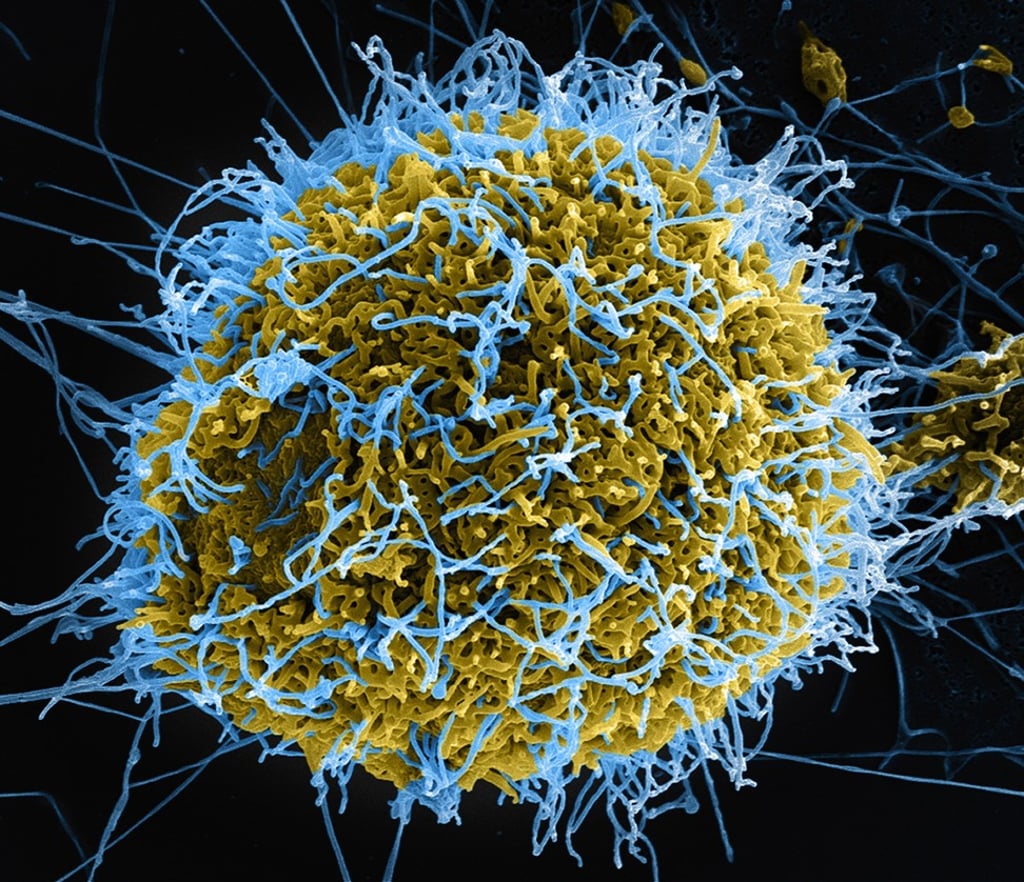Seven of the most deadly viruses, from Ebola to rabies – hidden killers that are the biggest threat
Amid the current Ebola outbreak in the Democratic Republic of Congo, we look at seven of the most deadly infections humans can catch and how they’re transmitted and treated

Humans have been falling victim to viruses throughout history. While most viruses are harmless, and scientists have developed vaccines and antiviral drugs to stop the spread of some strains – and even eliminate them – some viruses remain major public health threats.
The most recent outbreak of Ebola in the Democratic Republic of Congo shows that we are still a long way from winning the war against viral diseases. The outbreak has claimed 90 lives since the beginning of August, and international development charity Oxfam says it is critical that the outbreak is contained in the next few weeks.
History has seen some nasty viruses and diseases take hold around the world. These are seven of the most deadly viruses known to mankind.

1. Ebola – mortality rate up to 90 per cent
The serious and often fatal virus found in humans and primates was first discovered in 1976 near the Ebola River in what is now DR Congo. The virus is spread through contact with bodily fluids or blood from infected people or animals.
In the most widespread outbreak, more than 11,000 people in Liberia, Guinea and Sierra Leone in West Africa were killed by the virus in 2014. Fatality rates vary depending on the strain: the Zaire strain has a fatality rate of 90 per cent, according to the World Health Organisation, while the Reston strain does not even make people ill.